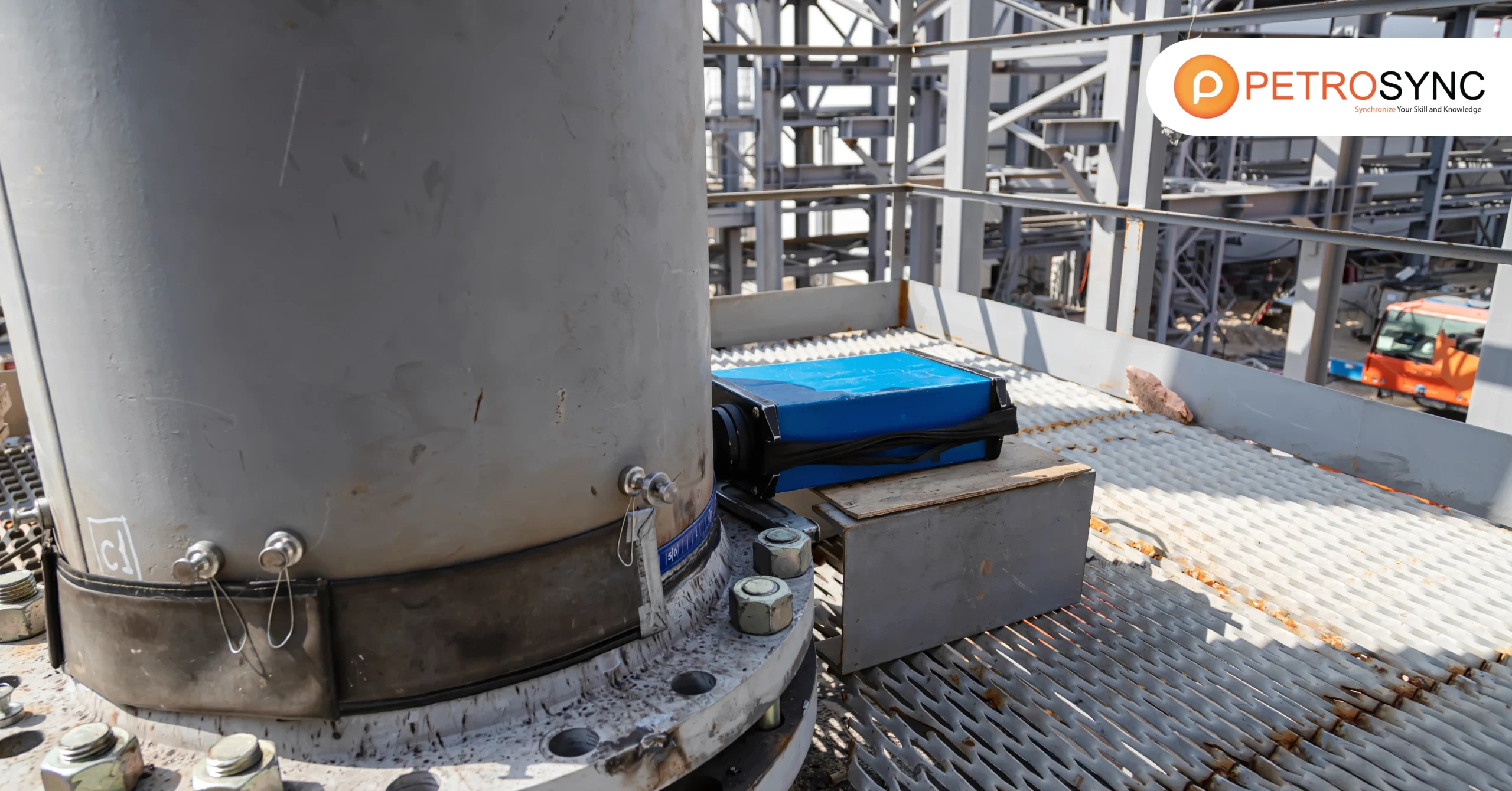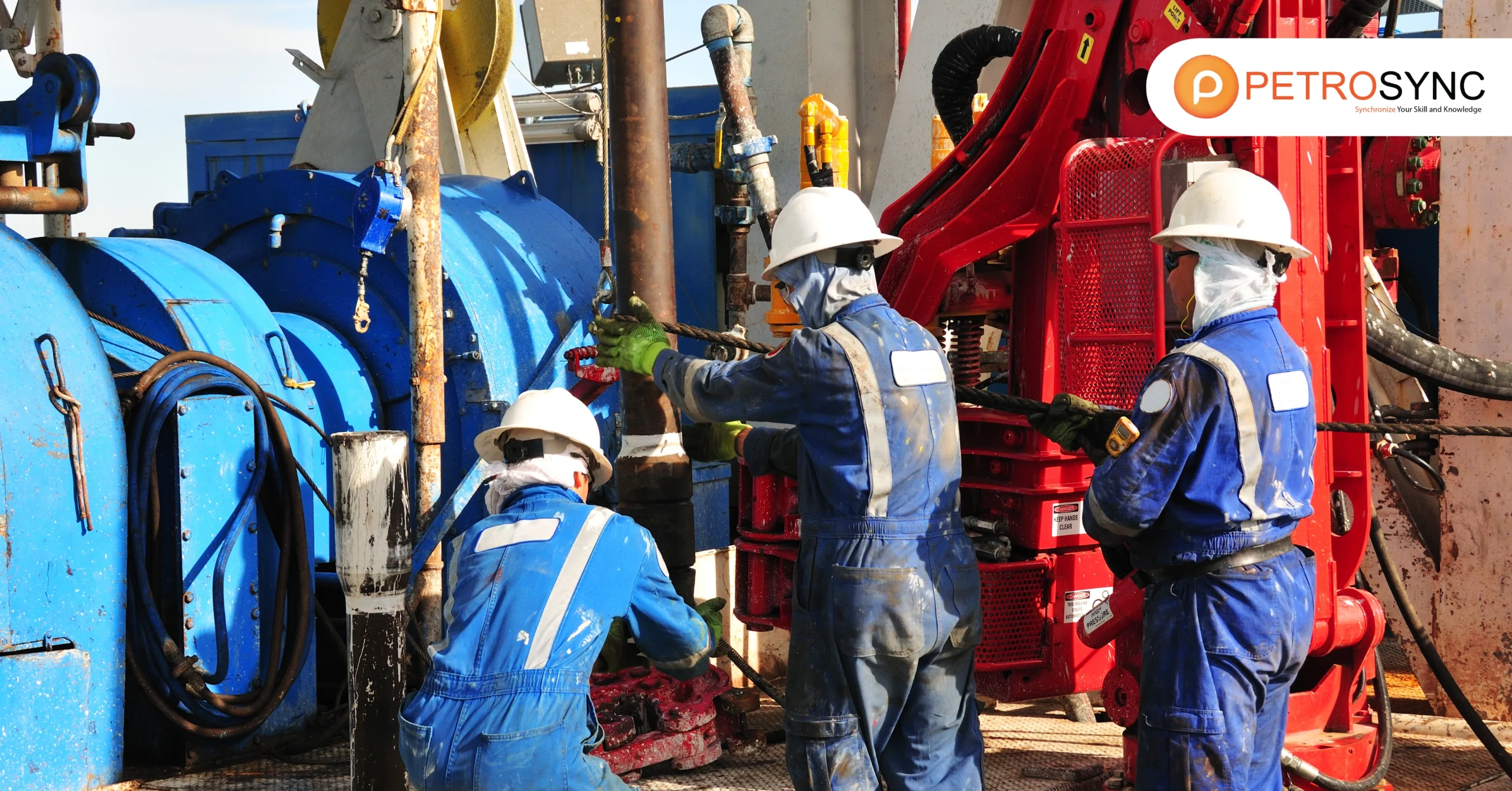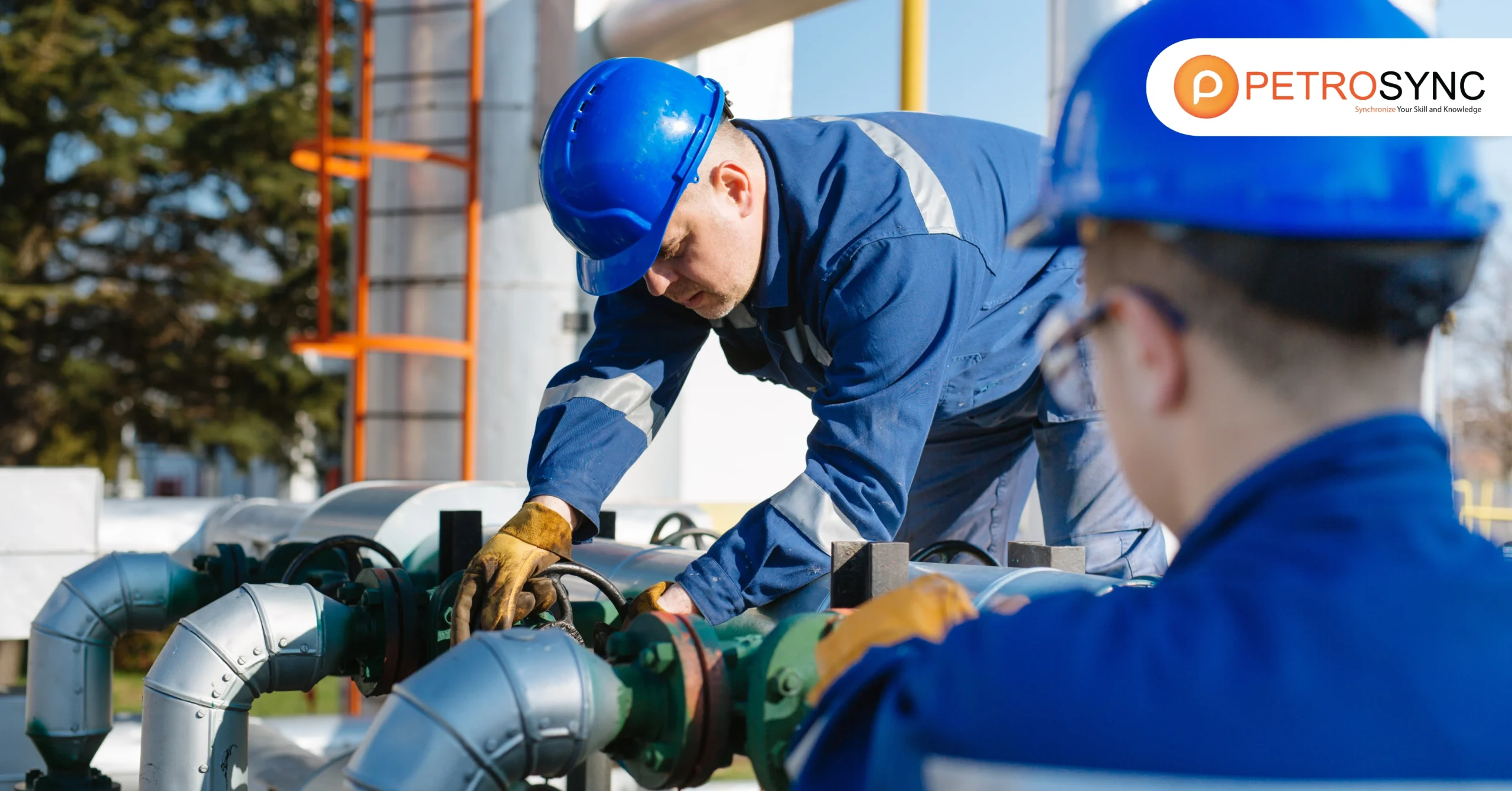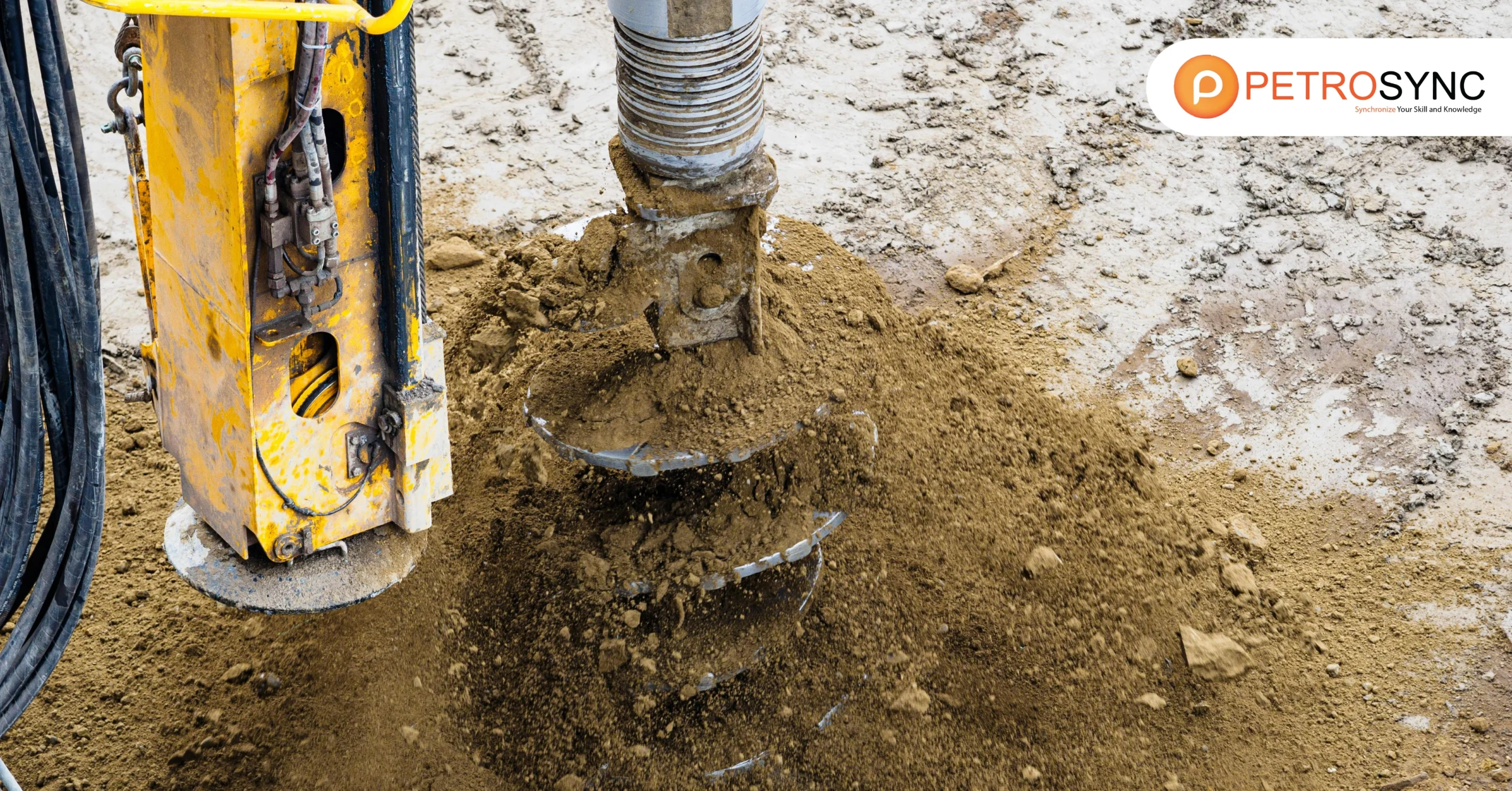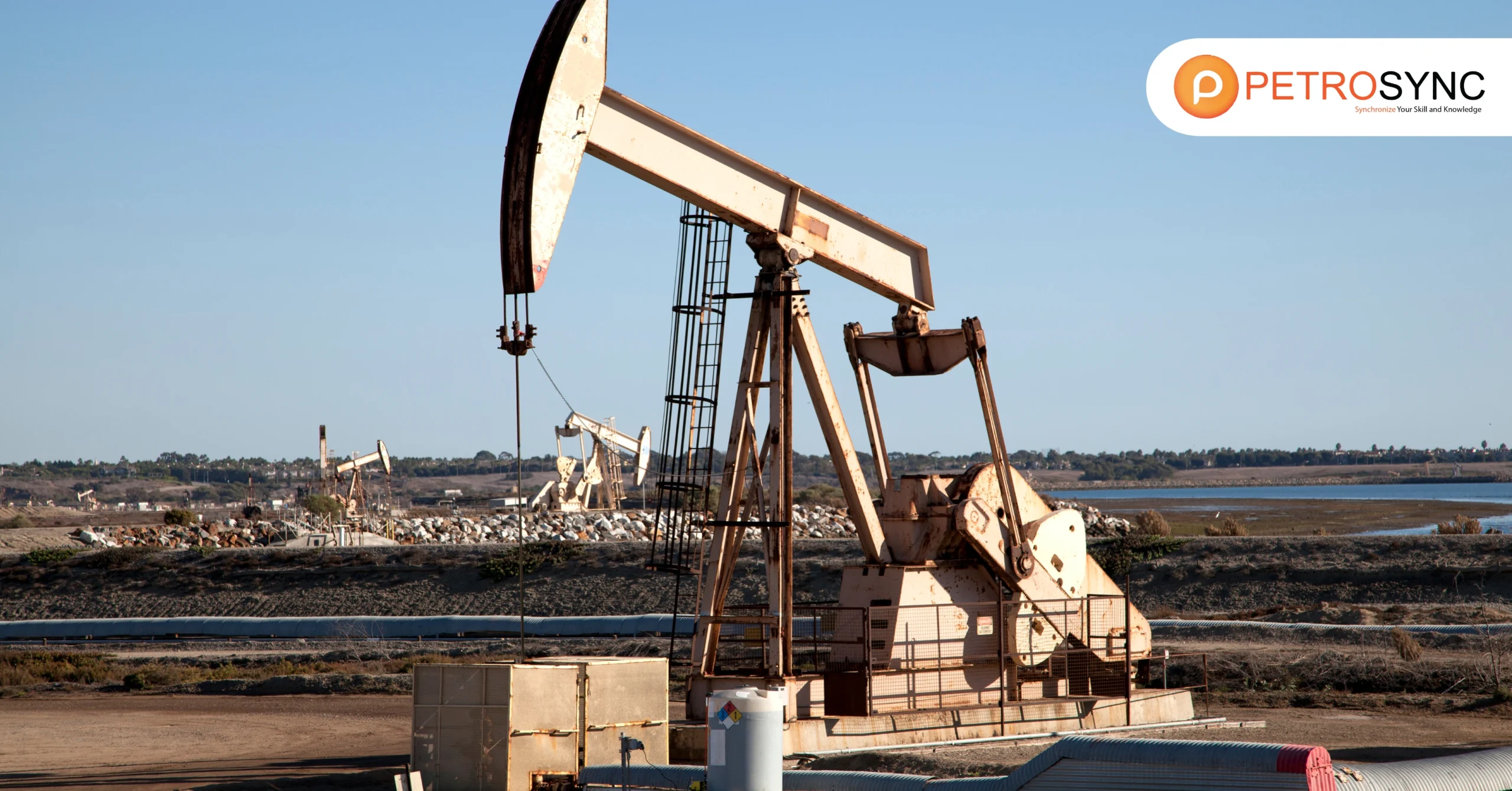As we delve into the intricacies of heating systems, it is essential to understand the fundamental of two commonly used devices: boilers and furnaces differences. These heating systems play pivotal roles in providing warmth to homes, commercial spaces, and industrial facilities.
Boilers and furnaces operate on distinct principles, each with its unique advantages and applications. Breaking down these differences will not only enhance our comprehension of these essential heating components but also guide us in making informed decisions when it comes to selecting the most suitable heating solution for specific needs.
What Is A Boiler?
A boiler is a closed vessel in which fluid (generally water) is heated, and it is a device used for heating water or generating steam. It works by burning fuel, such as natural gas, oil, or coal, to produce heat.
This heat is then transferred to the water, creating steam or hot water, which can be used for various heating purposes in homes, buildings, or industrial processes. Boilers play a crucial role in providing warmth and energy for different applications, making them essential in heating systems and power generation.
What Is A Furnace?
A furnace is a heating device commonly found in homes and buildings. Furnaces heat air and distribute the heated air through the house using ducts. It works by burning fuel, such as natural gas, oil, or wood, to generate heat.
The heat is then distributed throughout the space to warm the air, making the indoor environment comfortable during colder weather. Furnaces play a key role in providing central heating for residential and commercial spaces, contributing to a cozy and temperature-controlled atmosphere.
What Are The Differences Between Boilers and Furnaces?
A furnace is a heating device commonly found in homes and buildings, designed to warm the air and distribute it through the house using ducts. Additionally, industries use boilers to heat water, generating hot water or steam for heating. They then circulate this warm air or steam to create a comfortable indoor environment during colder weather. Together, furnaces and boilers play essential roles in delivering central heating for both residential and commercial spaces, ensuring a cozy and temperature-controlled atmosphere.
What Are The Standards That Provide Regulations and Specifications for Boilers?
The standards that govern boilers outline specific regulations and specifications, serving as benchmarks to guarantee compliance and optimal functionality.
1. ASME Boiler and Pressure Vessel Code (BPVC)
The ASME BPVC is a comprehensive set of codes and standards that establishes safety guidelines for the design, construction, and operation of boilers and pressure vessels. It covers various aspects, including materials, fabrication, inspection, and testing.
In industries like petrochemicals and oil and gas, adherence to ASME BPVC ensures that boilers meet stringent safety and quality requirements, contributing to the overall integrity of pressure equipment.
2. API 560 – Fired Heaters for General Refinery Service
API 560, developed by the American Petroleum Institute (API), specifically focuses on fired heaters used in the oil and gas industry, including refineries. This standard provides detailed specifications for the design, materials, fabrication, inspection, and operation of fired heaters.
Adhering to API 560 ensures that fired heaters meet industry standards for efficiency, safety, and performance, crucial in the demanding environments of petrochemical and petroleum facilities.
3. NFPA 85 – Boiler and Combustion Systems Hazards Code
The National Fire Protection Association (NFPA) issues NFPA 85, a code addressing boiler and combustion systems hazards. This standard outlines safety measures to prevent fires and explosions in boilers and related systems.
It covers areas such as burner management, fuel handling, and combustion controls. In industries dealing with flammable substances like oil and gas, compliance with NFPA 85 is vital to mitigate potential hazards associated with boiler operations.
How To Understand The Efficiency Rating of Furnaces and Boilers?
To comprehend the efficiency of furnaces and boilers, we turn to the annual fuel utilization efficiency (AFUE), a measure mandated by the Federal Trade Commission. AFUE reflects how effectively a central furnace or boiler converts fuel energy into heat over a typical year.
When you see an AFUE of, let’s say, 90%, it means that 90% of the fuel’s energy becomes heat for your home, while the remaining 10% escapes elsewhere. It’s crucial to note that AFUE doesn’t account for heat losses in duct systems or piping, which can be significant, particularly when these components are located in less insulated spaces like the attic or garage.
For all-electric furnaces or boilers, the AFUE ranges between 95% and 100%, as they don’t experience flue losses through a chimney. However, outdoor installation can result in lower AFUE values due to increased jacket heat loss.
Join PetroSync Training for Hands-On Industry Experience
Despite their high efficiency, the overall cost of electricity often makes all-electric options less economical. In such cases, if you’re considering electric heating, exploring a heat pump system could be a viable alternative. Understanding these efficiency ratings empowers consumers to compare heating efficiencies and make informed decisions when choosing heating systems.

Results-oriented and thorough SEO specialist with extensive experience in conducting keyword research, developing and implementing digital website promotion strategies and plans, managing campaigns to develop company websites in the digital world, excellent knowledge of marketing techniques and principles, and attentive strong attention to detail.

